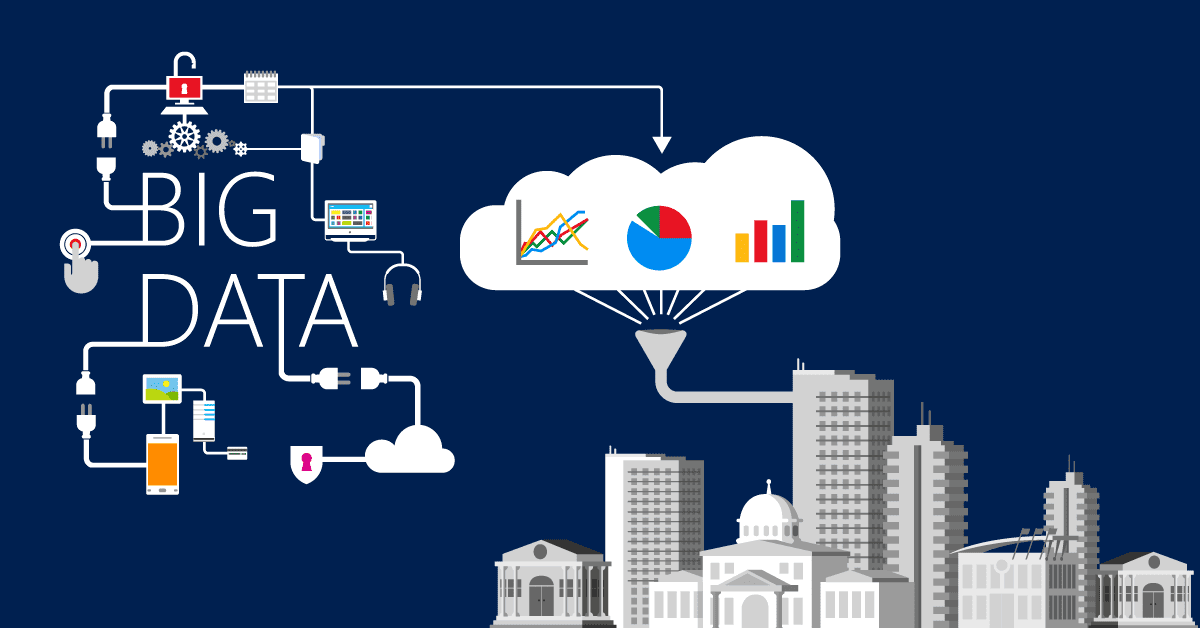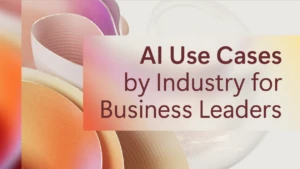Microsoft taps into big data to improve government efficiency worldwide

Governments across the globe are tapping into big data to transform their everyday operations. They’re using predictive analytics to dramatically improve the quality of their decisions. And they’re collecting and analyzing large volumes of information to enhance both their efficiency and their service to citizens.
A great example is Montgomery County, Maryland. The county is harnessing the Internet of Things to start an agriculture testbed to help farmers become more productive and prosperous. Specifically, Montgomery County is working with farmers to voluntarily deploy sensors on their farms that help them operate more efficiently by measuring everything from ground temperatures to water and pesticide usage. They are also using technology to help dairy farmers comply with reporting requirements for milk production. Says Dan Hoffman, Montgomery County’s chief innovation officer and Thingstitute leader, “At the end of the day, we want to make our farmers as profitable as possible by helping them be as smart as possible. We want to better understand how we can use technology to help county farmers.”
Halfway around the world in Jordan, the Aqaba Water Company, which supplies and delivers water to 130,000 inhabitants, needed a better way to monitor and manage water supplies—ultimately delivering water more efficiently to customers. Using SQL Server, Microsoft Azure, and other Microsoft technologies, Aqaba Water Company has found an easy way to remotely monitor its infrastructure and pumps. “Now, with our network, via a set of automated alerts and alarms, we can detect and fix problems as soon as they occur,” says Naem Saleh, General Manager of Aqaba Water Company. “This means we immediately know about problems and where they are. We don’t need to send staff out to try and find breaks, helping reduce the resources we spend on this.”
And in Australia, the New South Wales Office of Environment and Heritage (OEH) is utilizing SQL Server to make its massive BioNet database available to the world. Recognizing that informed decisions require the most up-to-date and accurate information available, OEH wanted to open its biodiversity records to scientists using the OData protocol, the standard for open data. OEH collects valuable data that centers on biodiversity, endangered species, and native vegetation, but its data was tied up in many systems—providing stakeholders with limited and difficult access. OEH concluded that leveraging Microsoft .Net and SQL Server’s native support of OData was the most cost effective way to make its data available in a short space of time. “Now, if you run a query or a request for data, you get immediate response and data you can trust,” says Geoff Clarke, Regional Standards Officer at Microsoft. “This kind of service not only helps in getting the public educated and involved, but allows scientists from around the world to work together to solve the environmental issues we all face.”
Indeed, big data is transforming the public sector in powerful, new ways, making government far more efficient and responsive than was possible in the past. And as governments embrace big data, Microsoft SQL Server 2016 represents a large leap forward—helping them transform complex information into actionable insights. Using SQL Server 2016, governments can:
- Collect and manage large volumes of structured and unstructured data from multiple sources.
- Analyze and transform complex data into easy-to-use data models that enable them to identify patterns and predict future trends.
- Analyze data directly within their SQL Server database using R, the popular statistics language.
- Transform data into actionable insights and deliver visual reports on any device—online or offline—at one-fifth the cost of other self-service solutions.
SQL Server 2016 also offers unprecedented flexibility. Governments have the option of using it on-premises, in the cloud, or from within a hybrid cloud environment. For example, they can save money by storing infrequently used data more cheaply on Azure, while retaining the ability to search that data from their on-premises database. They can run SQL Server on the open source operating system Linux. And they can tap into enhanced security features that improve encryption, while helping to keep unauthorized users from accessing data.
As Microsoft CEO Satya Nadella put it when he first announced SQL Server 2016 at Microsoft’s Ignite conference last year, “SQL 2016 is perhaps the biggest breakthrough in database technology that you have ever seen.” It is an unprecedented breakthrough—and a database platform governments will want to consider. To learn more, please watch the recent SQL Server 2016 video in which Nadella explains how to harness data and transform it into intelligence, insights, and actions.




